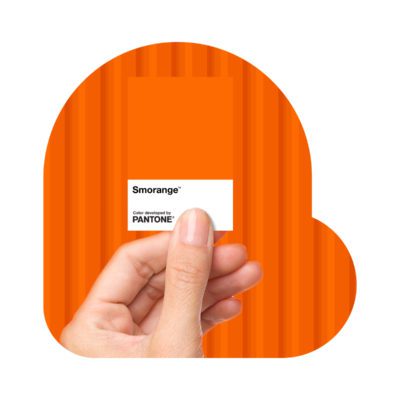As restaurants consider next steps in and tactics for handling the current health crisis, gift cards should be at the top of the list. Gift cards are convenient, encourage loyalty to your restaurant and customers frequently spend more than the value of any card. But aside from these three benefits, gift cards could also help your restaurant through the COVID-19 pandemic in the following ways:
A BOOMERANG FOR FUTURE VISITS
While it’s always good practice to offer gift cards, this public health crisis has laid plain the restaurant industry’s dire need to diversifying revenue streams. Whether gift cards are part of your rewards program or not, they are, ultimately, loyalty drivers—as every gift card purchase guarantees a return visit at some point. And as it turns out, research shows that every card sold can pay back more than face value. According to Fiserv, 80% of customers using gift cards spend surprisingly more than the value of their card—$59 more on average.

NO CONTACT REQUIRED
As contactless payment, pickup and delivery are becoming the norm, so should the ability to purchase gift cards digitally. eGift cards both act as entryways into loyalty programs to manage balances and allow every customer to reduce human interaction as much as possible. And while not all online ordering systems support paying by gift card or are tied to loyalty programs, the investment in making that integration happen now could pay back big in the longterm.

PROVEN PROMOS
While no promo is a magic bullet, changing up the frequency and creating limited-time windows can help drive interest. For example, Outback, Bonefish Grille, Cheesecake Factory, Carrabba’s and other chains are currently offering $10-$20 bonus eGift cards for every $50 gift card purchase. Meanwhile, Chili’s offered a one-day-only, buy-one-get-two free gift cards promo to drive urgency. El Fenix Mexican Restaurants, on the other hand, has been offering customers a free enchilada plate for every $25 in gift cards purchased—a strategy that fulfill’s the consumer desire to receive instant gratification.
As you learn which promos have the best success for your brand, look at the average gift card amount that customers buy to get a better idea of their spending habits—including how much they expect to spend when dining with you. Then, consider applying these learnings to your loyalty program customers. Extending exclusive gift card offers that hit all the right marks lets them know you understand their needs and that they’re valued. Plus, they’re more likely to return the favor when every little bit counts.

GIFTING TO THE GREATER GOOD
Gift cards don’t have to be limited to perks for current customers. They can be an opportunity to give back. Some brands like Dunkin’ Donuts are offering anyone the chance to pay it forward by buying eGift cards as a small show of thanks to frontline workers. And it’s working. As of April 2020, the company has delivered 40,000 gift cards to medical workers in over 150 hospitals across the U.S.
Customers also want to know how their purchases are impacting those most affected by COVID-19. That’s why many restaurants are also dedicating their gift card sales to help furloughed workers. Chains like P.F. Chang’s are giving 15% of gift card sales back to their team members, while Melt Shop is giving 100% of the revenue back to their team members.
As customers are searching for more ways to help support the industry, use your social, email and digital channels to convey just how important every last gift card and dollar spent is. Being transparent about where their money goes provides customers with insight they’ll appreciate; when they know they have a role to play in supporting the people, causes or food they love, they’re more likely to feel connected to your brand and become frequent guests to your restaurant.
GOING BEYOND GIFT CARDS
There’s more than one way to get customers to plan for a future a visit. A bar in Boston launched a raffle selling $10 tickets through Venmo, and randomly chose names every few days to give away prizes like merchandise, gift cards, a coveted weekend reservation and a grand prize of two tickets to a dinner valued at $300.
Another approach is to think bigger than the micro-investments of gift cards with long-term rewards—as did a brewpub in Minneapolis that offered their future customers beer for life if they invested $1,000 to help get their doors open now.




